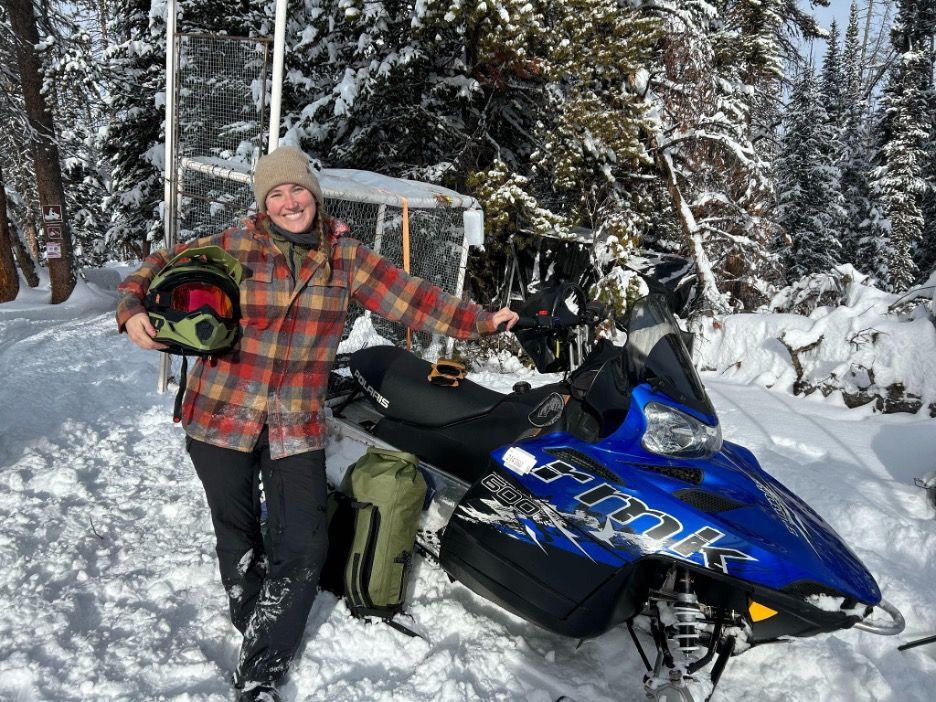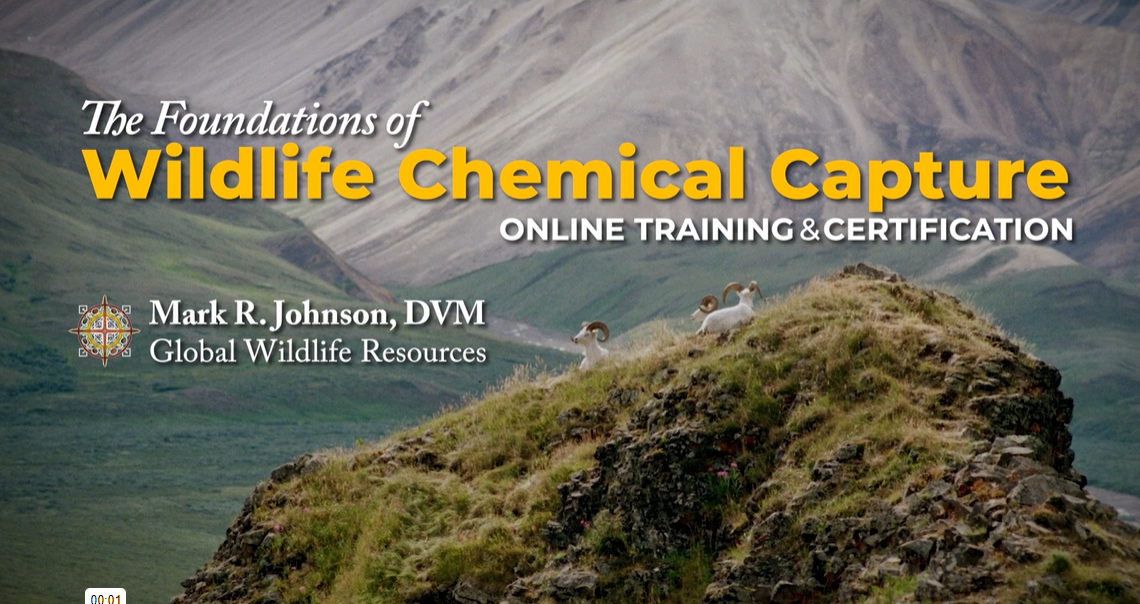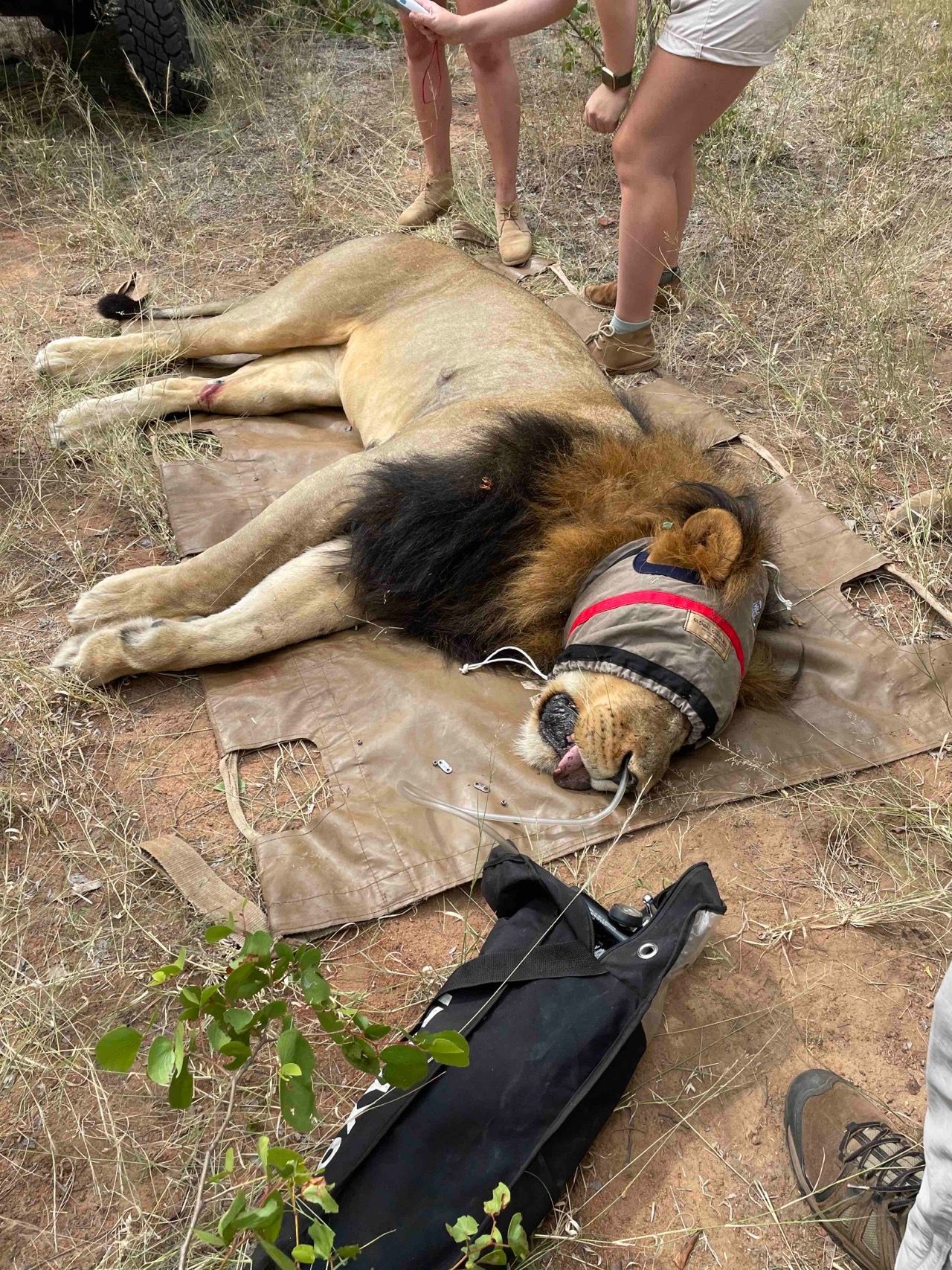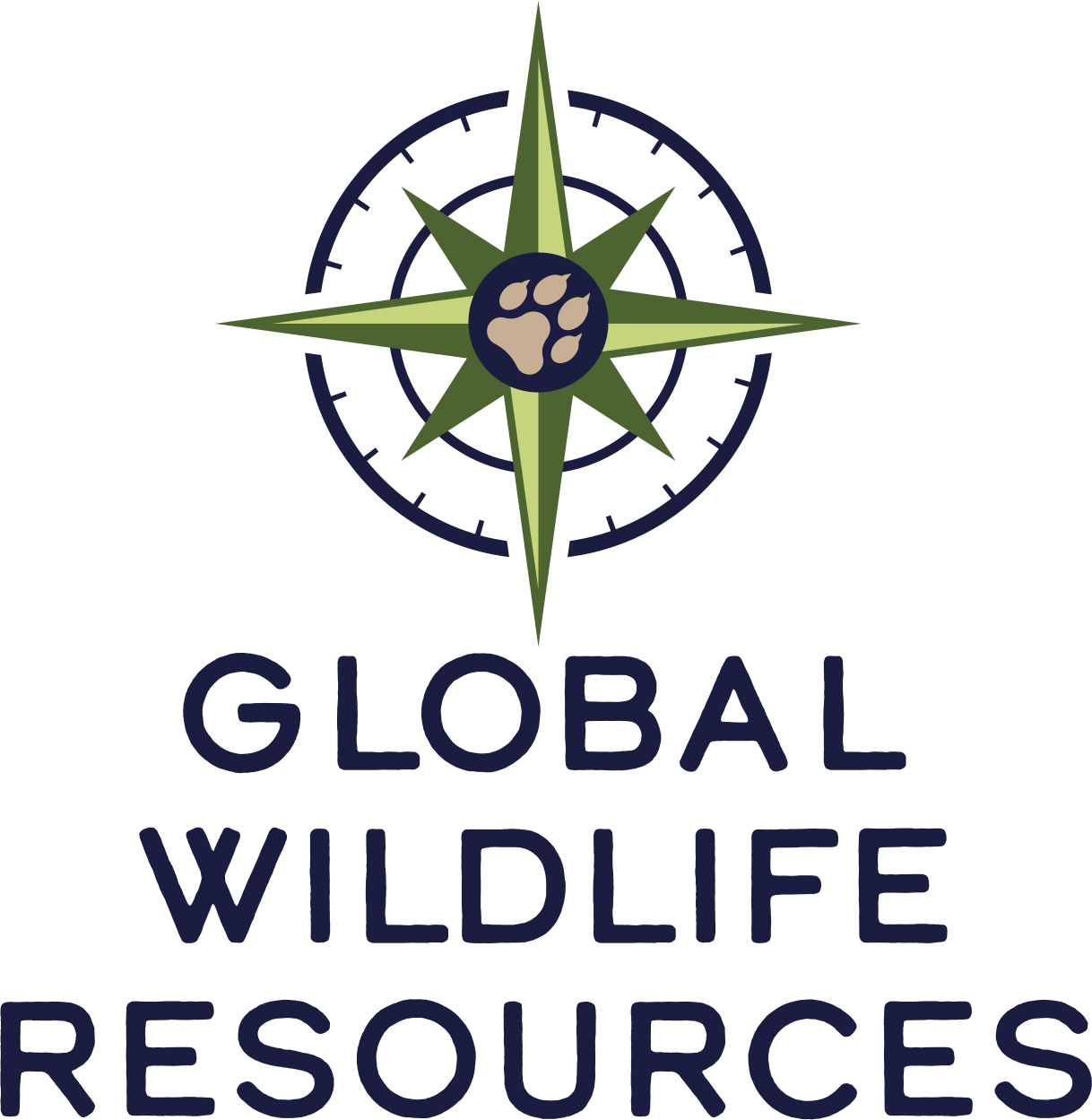The Crucial Role of Field Skills in Conservation
The Crucial Role of Field Skills in Conservation
Imagine this:
It’s 0°F in northern Washington. You’re about to embark on your field day, following lynx tracks for miles through deep snow and collecting habitat data as you go. The site is 50 miles from town and only accessible by snowmobile.
- Do you know what clothes and gear to pack?
- Can you read the map?
- Can you tell a pine from a spruce?
- Have you snowmobiled before?
- Do you know the difference between lynx tracks and bobcat tracks?
How your day unfolds will directly affect the quality of the research you're doing, and that research shapes how we manage and protect wildlife. Mastering the specific skills you need to collect accurate information in the field isn’t just useful, it’s essential. Poorly executed fieldwork can lead to unreliable data, mismanagement of resources, and even danger to wildlife and personnel. But when biologists are well-prepared and confident in the field, their work can support meaningful conservation actions based on accuracy and reliability.
Why is it so hard to gain these skills? Can’t you just learn them on the job?
Now imagine this:
You’re a woman from Chicago, on your first wildlife job. You’re expected to drive 4x4 trucks on rough backroads, but you’ve never done that before. Everyone else on your crew grew up doing it.
Do you feel comfortable asking for help?
Can you do your job safely and effectively?
For many aspiring biologists, gaining field skills can be a huge barrier to entering the wildlife conservation workforce. Most college programs emphasize classroom learning, not hands-on training. At the same time, entry-level jobs demand experience like operating snowmobiles, using GPS and telemetry, navigating complicated terrain, fixing equipment in the field, and understanding the ecology of unfamiliar places.
For some, these abilities come from a lifetime of outdoor experience. For others, especially those without access to nature, financial resources, or mentorship, it’s a major hurdle to even get started. And when we shut out the voices and perspectives of those without the privilege to be heard, the entire conservation field suffers.
Imagine again.
You’re about to graduate with a degree in wildlife biology. You’ve been working at a coffee shop to get by, so you haven’t had time to volunteer on summer field projects. Your roommate, who didn’t need to work, volunteered every year and they land a job right away.
You stay at the coffee shop.
Your dream of working in conservation fades.
Many wildlife organizations rely on unpaid labor to stretch limited budgets. But expecting early-career professionals to work for free in exchange for experience excludes anyone who can’t afford it, and reinforces the idea that conservation work isn’t worth paying for. That’s not just inequitable, it’s unsustainable. We need to build systems that support accessible training and paid work for everyone who wants to enter this field.
Home Range Wildlife Research (HRWR) works hard to offer training courses at a reduced cost to participants, ensuring those who wouldn’t normally be able to attend have access to the same opportunities as all others. Equipped with the skills, knowledge, and connections gained in an HRWR course, these aspiring biologists are more competitive for entry-level positions and better prepared to make meaningful contributions to wildlife conservation throughout their career.
Field Skills as a Trade School for Biologists
Learning field skills isn’t a bonus, it’s fundamental. Think of it like a trade school for wildlife professionals. Electricians, mechanics, and medics all need hands-on training, and biologists are no different.
Whether you're just starting out or already deep in your career, field skills training helps you stay sharp, adaptable, and ready for any challenge. It also keeps you up to date with the latest tools, technology, and best practices for fieldwork.
Get Involved
🦉
Attend a Training
Our course participants gain practical experience, expand their professional networks, and develop both existing and new competencies, enriching their careers and the broader scientific community.
Browse upcoming courses at www.homerange.org, or contact Education Director Anna Machowicz at anna@homerange.org to design your own training experience.
🛠 Contribute Your Skills
Are you a field pro with something to share? We welcome guest instructors and course collaborators. Do you have land, gear, or facilities? Let’s partner to bring skills courses to an audience near you!
Email
anna@homerange.org to share your ideas or interest.
🌱 Donate or Sponsor
Facilities, lodging, permits, equipment, and instructor pay are non-negotiable expenses for providing high-quality skills training. We need your help to be able to offset these costs and reduce the financial burden to participants.
Your contribution will support the future of conservation by making field training more accessible for the next generation of biologists. Donate here »
ABOUT THE AUTHOR
Anna Machowicz is a wildlife biologist and co-founder of Home Range Wildlife Research, based in Winthrop, WA. She leads immersive field courses that equip emerging scientists with hands-on training in widlife research techniques. Passionate about inclusive conservation, Anna blends research, education, and community engagement to help foster the next generation of skilled field biologists.

Share with your Connections
More articles for you....









